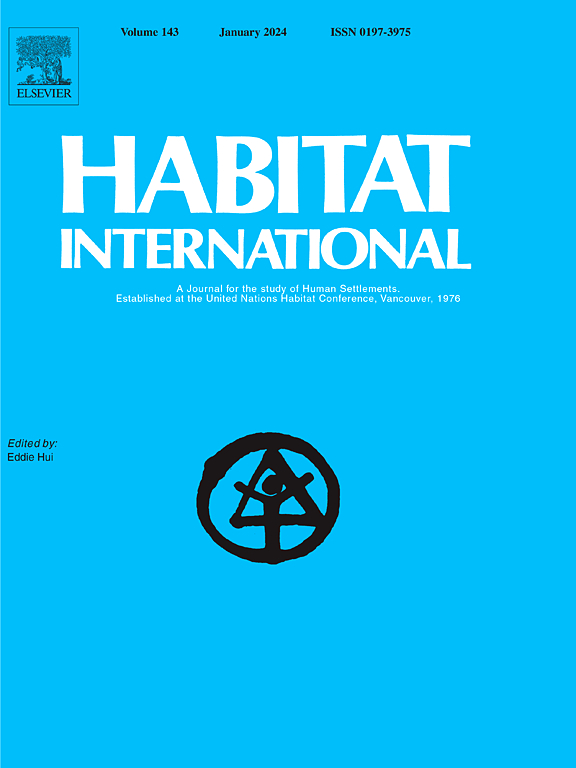Asian heat stress variations in a changing climate: Implications for disproportionate urban and rural population exposure
IF 6.5
1区 经济学
Q1 DEVELOPMENT STUDIES
引用次数: 0
Abstract
The changing climate has intensified the occurrence of extreme heat events, posing a huge challenge for sustainable development and necessitating the implementation of suitable measures to address these issues. Large scale disparities in heat stress over the selected geographic and climatic regions of Asia and the different urban-rural population exposure to heat stress under different climate change scenarios is not well understood. Here, using long-term modelled data in both historical (1990–2014) and four future (2026–2100) SSP (shared socioeconomic pathway) scenarios, we evaluated the heat stress variability across time and space in different geographic stetting of Asia and mapped the heat stress population exposure for urban and rural region separately. We found a pervasive disparity in heat stress magnitude and trend over different regions of Asia and a noteworthy escalation of heat stress in future SSPs scenarios, with a more profound effect under the SSP5-8.5 and SSP3-7.0. Moreover, a substantial increase in population exposure to heat stress is evident in both urban and rural contexts, with large inequalities in urban and rural population exposure in Eastern China. Our results provide a quantitative estimate of the heat stress and its urban-rural population exposure, which will provide valuable insights for authorities and policymakers, highlighting the importance of the need for sustained emergency investment on a priority basis for most vulnerable populations in future heat wave occurrence.
求助全文
约1分钟内获得全文
求助全文
来源期刊

Habitat International
Multiple-
CiteScore
10.50
自引率
10.30%
发文量
151
审稿时长
38 days
期刊介绍:
Habitat International is dedicated to the study of urban and rural human settlements: their planning, design, production and management. Its main focus is on urbanisation in its broadest sense in the developing world. However, increasingly the interrelationships and linkages between cities and towns in the developing and developed worlds are becoming apparent and solutions to the problems that result are urgently required. The economic, social, technological and political systems of the world are intertwined and changes in one region almost always affect other regions.
 求助内容:
求助内容: 应助结果提醒方式:
应助结果提醒方式:


